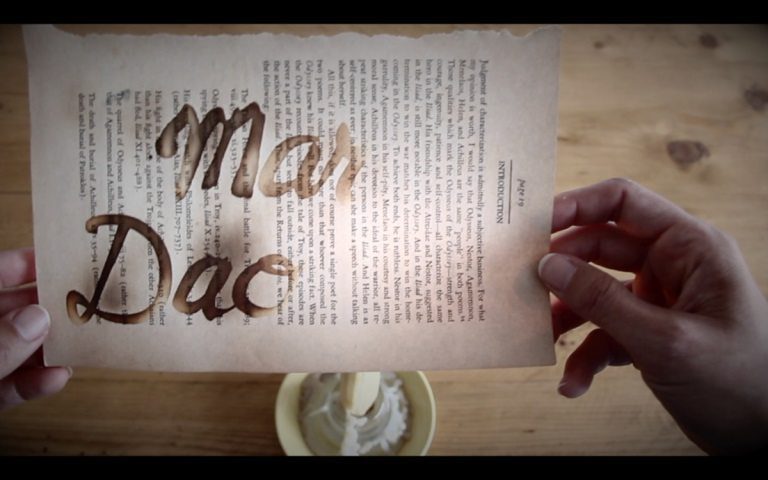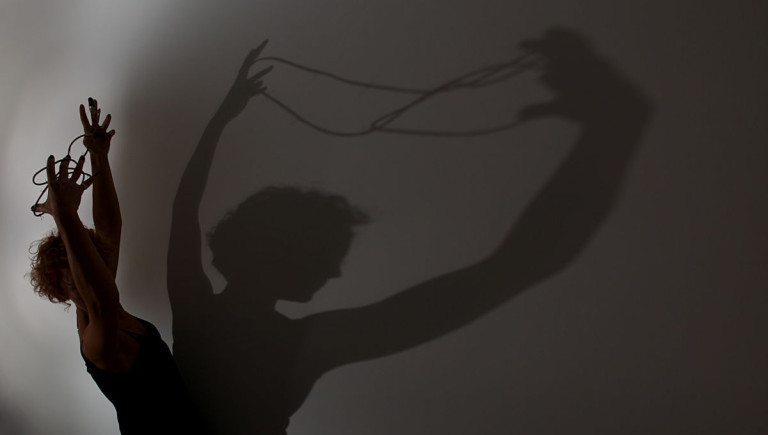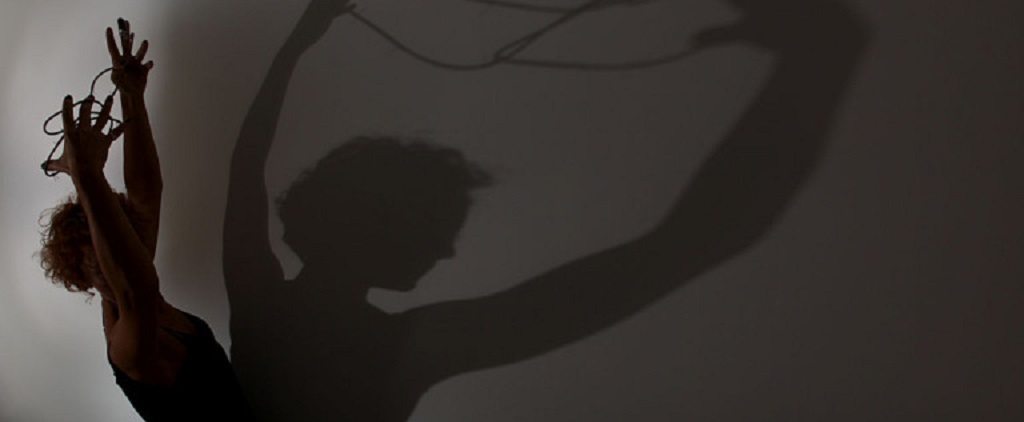Currently open at the Bonington Gallery in Nottingham, Krisis addresses through the medium of art the concept and actuality of crisis, with a focus on the plight of refugees.
Exhibition collaborator and founder member of the Something Human curation team Annie Jael Kwan talks to exhibiting artists Lynn Lu and Marija Milosevska about their involvement in the event.
This year in Nottingham, you will be responding to the notion of ‘crisis’. How have you approached it? What does crisis mean to you?
Lynn Lu: For the Nottingham exhibition, I will present an interactive installation, a live performance for the opening event, and deliver a performance lecture for the symposium. Reflecting on the current refugee calamity as a starting point, the three separate works explore ideas surrounding migration, nomadism, the attraction of unknown regions, topophilia, and the ‘homing instinct’.
In the performance lecture in particular, I examine the impetus for migration across species and the accompanying precariousness. As David Welcome describes in No Way Home (2008), the migrant travels without any knowledge of what may happen to her homeland, or what might await at her destination. . . “ Migration is an act of faith after all, a hardwired belief that there is somewhere to go, and a way to get back”.
Distance, memory and the ephemeral are evoked in your work, The Friction of Distance. How do you feel these are explored in the stories and journeys of refugees you are bringing into our consciousness, if only briefly?
Lynn Lu: The Friction of Distance will be a live performance, during which – over the course of several hours – I bring to light the names of perished refugees inscribed on the brittle pages of Homer’s Odyssey.
 (Lynn Lu, The Friction of Distance, performative installation, 2016)
(Lynn Lu, The Friction of Distance, performative installation, 2016)
In your practice, you address human and societal conditions that affect people and community both intimately and in the public sphere. Do you see your work as socially engaged? Do you think art can help during ‘crisis’?
Lynn Lu: I seek to create experiences that will be personally relevant to my audience, often by using their individual histories and/or the specificities of our shared context as content for the work, and the resulting performances or installations themselves frequently draw my audience out of invisible spectatorship and into active (if absurd) collaboration. So on an intimate level, yes my work tends to be socially engaged. And yes, art – especially during crisis – can absolutely be therapeutic and cathartic.
Marija, you are a visual artist and performer whose work utilises a form of ritual that invites the audience to engage with the works. What does ritual mean to your practice, and why do you seek to engage audiences with it?
Marija Milosevska: Ritual, for me, is the very process of learning and creating through which I get to know the audience with the being of my work through expression of the current/temporal perception of living in the broadest sense, starting from the individual origin and culture, collective heritage, which is then incorporated in a new era of art – filigree.
The original manner of fitting the filigree work into the context of tradition found its expression in the cult. The unique value of a work of art is based on the ritual, where the work got its initial and first usable value. My jewellery is the undiscovered in me, part of the ‘collectiveness’. It is a conductor and it is a reaction. It can be an installation or a performance whose completeness is obtained through the contact with the audience.
You hail from Macedonia, where there has been a recent escalation of internal conflicts and precariousness both within its borders and in the context of its related region. How do you think your practices address the recent socio-political issues?
Marija Milosevska: My practice addresses the transformation of the barbed wire and I really want to transform it, not just in the contest of borders but in any kind of its association for separation. In Macedonia, everywhere there are barriers, borders, separation, crisis and the process is continuous and non-stop. We need something to change but we are powerless in the vacuum of space where culmination is looking for the exit. The world is shaking, the earth is opening, but the exit we should seek is inside us, and transforms us into human beings.
 (Marija Milosevska, Piece of Krísis, performance, 2016)
(Marija Milosevska, Piece of Krísis, performance, 2016)
For this exhibition you have been invited to reflect on the notion of ‘crisis’. Could you please tell us more about how your artworks and performances reflect on this condition?
Marija Milosevska: It was very challenging for me to make a connection with the theme of ‘crisis’ and my medium of presentation – wire. I create jewellery with the filigree technique. Sometimes the pieces are for someone’s need for protection from crisis or a something to remind us who we are, where we come from, and the impact that we made in society through our behaviour. It is a sign that represents and transitions between what we had been given in the past to keep us, and as what we are today. In my exhibited piece of crisis, the public can see five phases of ‘crisis’ and the performance will be the coupling of the transformation of ‘crisis’ through the filigree process of making the pieces of crisis.
Image credits:
Lynn Lu, The Friction of Distance, performative installation, 2016
Marija Milosevska, Piece of Krísis, performance, 2016
















